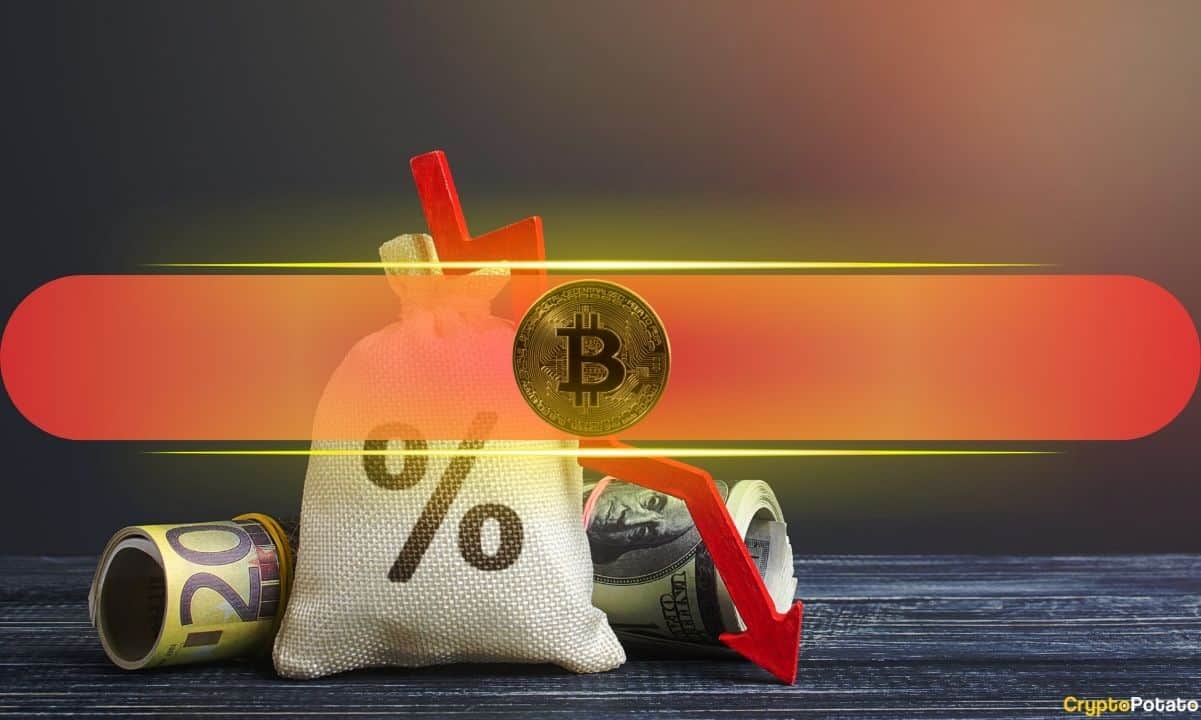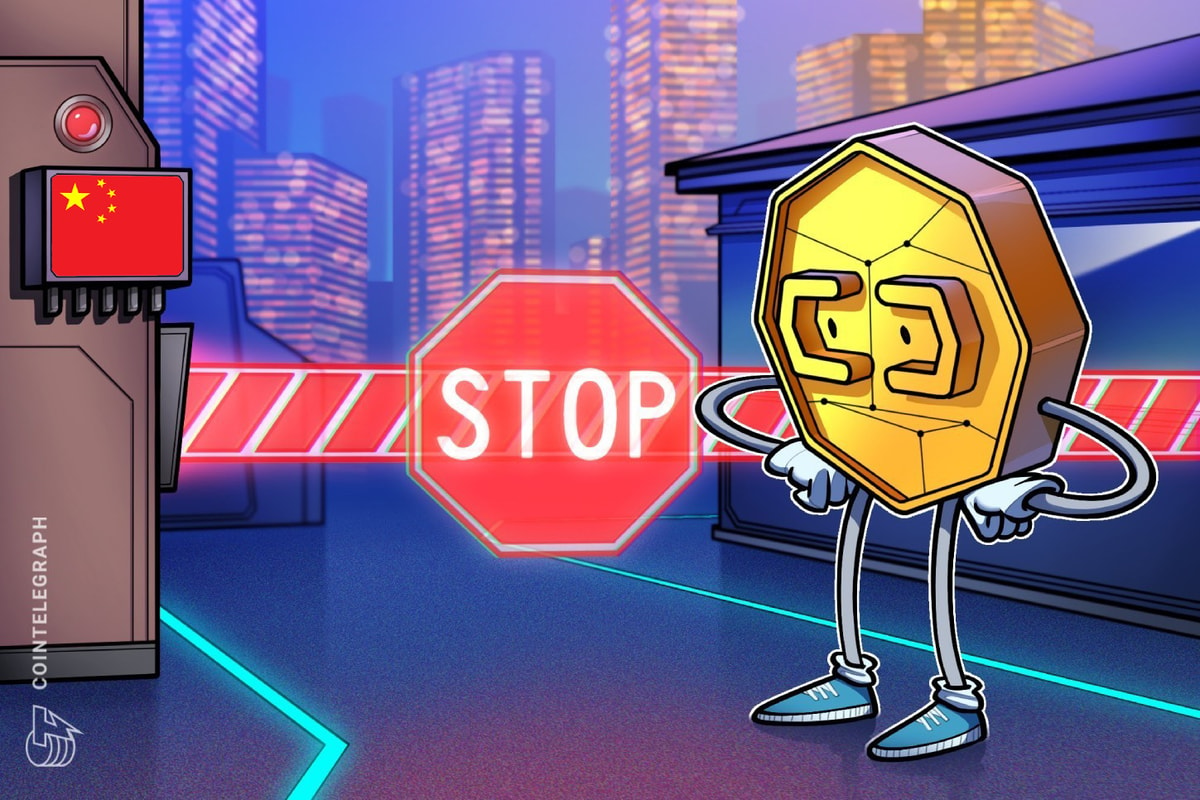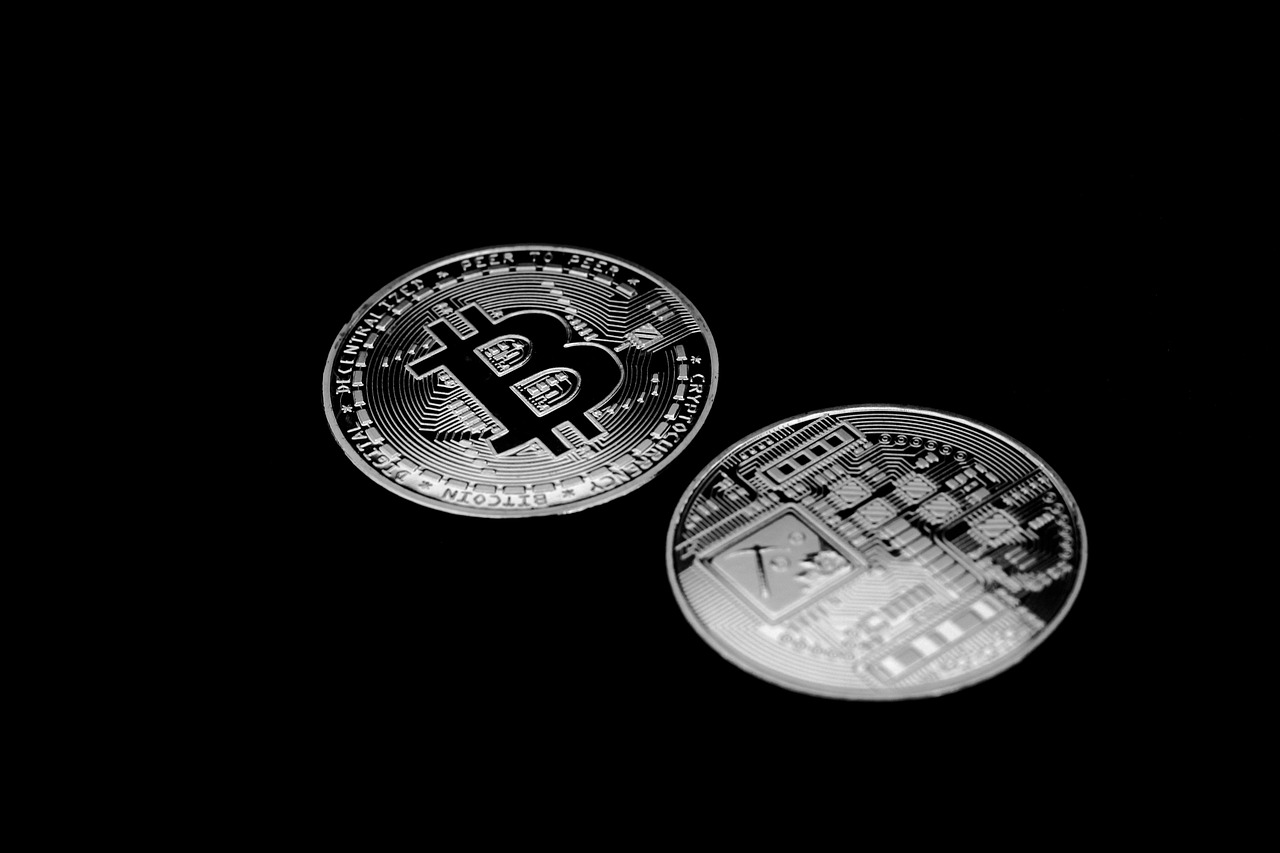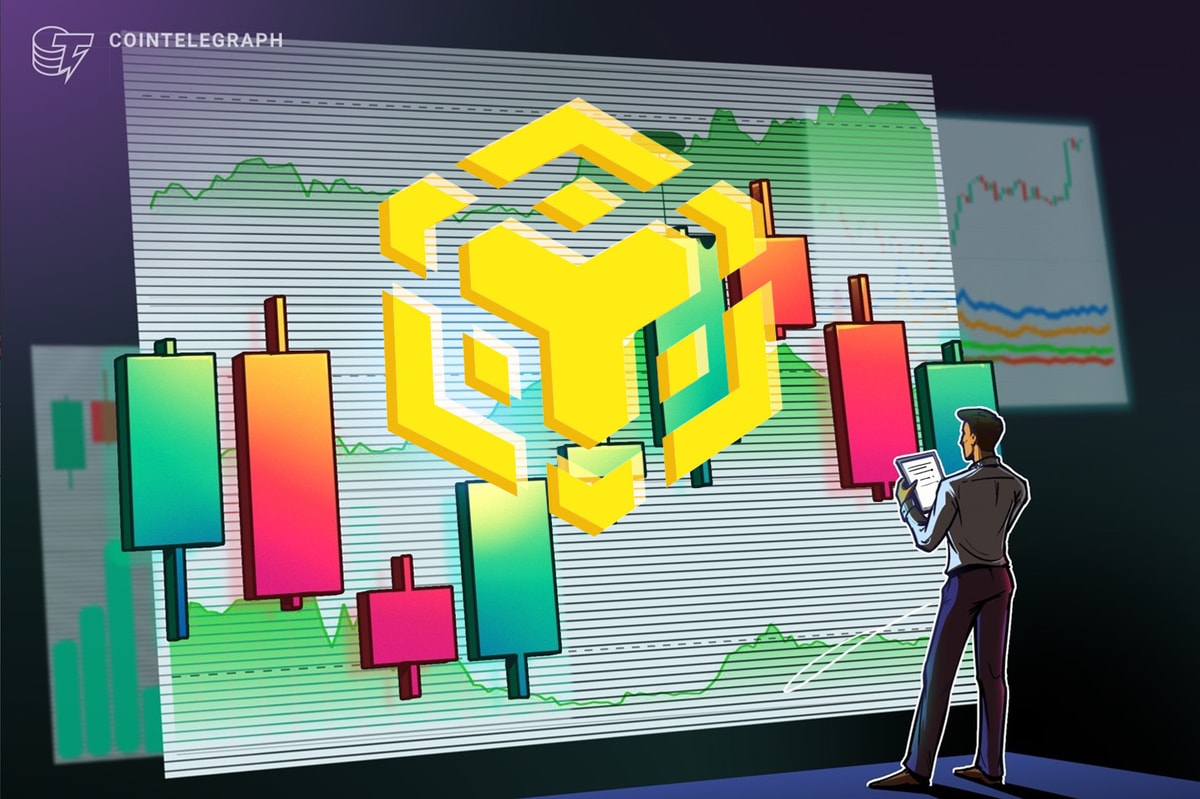Zcash (ZEC) was little more than a historical footnote for most of the past years.
The digital asset was seen as a relic of crypto’s cypherpunk age, forgotten amid the rise of AI tokens, restaking narratives, and layer-2 rollups.
Yet, it has become 2025’s most surprising comeback story almost overnight.
CryptoSlate data shows Zcash surged more than 380% in the past month, hitting a three-year high of $370 before cooling slightly to around $340 at press time. The rally has lifted its market capitalization to $5.8 billion, propelling the once-dormant privacy token back into the top 25 cryptocurrencies.
 Zcash Price Performance YTD. (Source: Tradingview)
Zcash Price Performance YTD. (Source: Tradingview)The recovery has been fueled by a mix of technical revival, ideological momentum, and market rotation. As Zcash’s name trends globally for the first time since 2021, it feels less like speculation and more like a reminder of why privacy still matters in digital money.
A fork and a philosophy
Launched in 2016 as a Bitcoin fork, Zcash borrowed its parent’s deflationary design of a capped supply, proof-of-work consensus, and periodic halvings.
However, it added a radical innovation called zero-knowledge proofs, allowing users to verify transactions without revealing who sent or received funds or how much was transferred.
In an era where blockchains expose every wallet movement to the public, Zcash’s cryptography offered something closer to digital cash. This made it untraceable, fungible, and sovereign.
Mert Mumtaz, CEO of Helius Labs, said:
“Calling ZEC ‘encrypted bitcoin’ makes sense, in that it has the same tokenomics and SoV appeal but is private.”
That ideal resonated in the post-Snowden years, when privacy was still seen as a human right rather than a red flag.
However, as regulators cracked down and exchanges delisted anonymity-focused coins, Zcash, like Monero and Dash, faded from mainstream trading desks. Its daily volumes shrank, its developer base thinned, and the project became shorthand for crypto’s forgotten experiments.
Until now, when it has become the darling of every retail trade and is marking its ninth anniversary.
The price of privacy
ZEC’s return comes as financial surveillance tightens globally. The UK’s move for Digital IDs, the EU’s MiCA privacy provisions, and growing adoption of AI-based transaction tracing have revived debates about what financial privacy should mean in a programmable economy.
That tension has turned into a trade. Investors seeking diversification beyond Bitcoin and Ethereum, both of which have mostly traded sideways this month, have rotated into “ideological plays” like Zcash.
“Crypto without privacy isn’t crypto,” said Mumtaz, who has consistently praised the project’s “renaissance” of developer activity and exchange integrations.
That narrative has found support from industry veterans, including Arthur Hayes, the BitMEX co-founder who predicted ZEC could reach $10,000, and Barry Silbert, founder of Digital Currency Group, who has repeatedly amplified Zcash-related updates on X.
Together, they’ve reframed ZEC’s rally as more than speculation and a symbolic return of privacy to a market dominated by compliance narratives and centralized rails.
The halving myth and the real catalyst
Part of the excitement stems from a misconception. Many traders cited an upcoming halving event in November 2025 as a key bullish driver.
However, Coincodex, a crypto analytics platform, has reported that this is incorrect. According to the firm, the last Zcash halving occurred in November 2024, and the next won’t arrive until late 2028.
Still, scarcity remains central to Zcash’s identity.
Like Bitcoin, it halves miner rewards every four years to control inflation and ensure predictable issuance. Even if mistimed, the narrative of limited supply has reinforced a broader theme that ZEC is being re-priced as a scarce, ideological asset in a market craving conviction.
Moreover, Google search activity for “Zcash” has hit its highest level in five years, matching interest last seen during the 2021 bull cycle.
 Zcash Searches (Source: Google Trend)
Zcash Searches (Source: Google Trend)Historical data show that such retail attention often coincides with early phases of broader rallies.
Yet, beyond the halving myth, developers say the real driver is technical progress.
The project recently released a public alpha of a new zero-knowledge architecture aimed at improving shielded transaction performance and wallet accessibility.
This development has reignited enthusiasm among privacy researchers who view Zcash as a living laboratory for applied cryptography.
A cautious repricing
Still, the sustainability of ZEC’s surge remains uncertain.
Price action aside, liquidity remains thin relative to majors, and many exchanges still restrict shielded transactions. Institutional investors, constrained by AML obligations, are unlikely to hold ZEC directly.
However, optimism is growing within retail and open-source communities.
 Zcash’s Spot Volume Bubble Map (Source: CryptoQuant)
Zcash’s Spot Volume Bubble Map (Source: CryptoQuant)At the same time, developer metrics from GitHub show a steady uptick in contributions, while mining data indicates a gradual decentralization of hash power.
Even skeptics acknowledge that Zcash’s longevity is remarkable considering only a few 2016-era projects still operate under their original consensus model with active developers and a functioning economy.
In that sense, ZEC’s resilience has become its own form of credibility. Mumtaz noted:
“8 years of PoW mined fair distribution that has shaken out all tourists and greed.”
Zcash Market Data
At the time of press 2:28 pm UTC on Oct. 29, 2025, Zcash is ranked #24 by market cap and the price is up 0.12% over the past 24 hours. Zcash has a market capitalization of $5.48 billion with a 24-hour trading volume of $599.95 million. Learn more about Zcash ›
Crypto Market Summary
At the time of press 2:28 pm UTC on Oct. 29, 2025, the total crypto market is valued at at $3.79 trillion with a 24-hour volume of $166.53 billion. Bitcoin dominance is currently at 59.13%. Learn more about the crypto market ›
Mentioned in this article


















 English (US) ·
English (US) ·